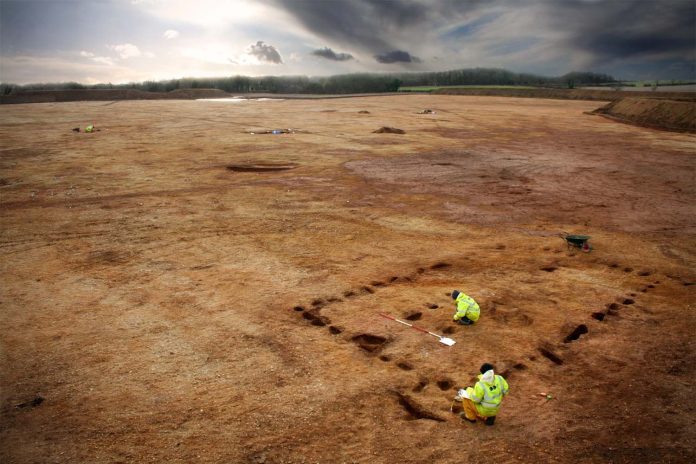Archaeology in Britain and elsewhere in the world has undergone considerable change owing to the advent of large-scale developer-funded excavation. Huge areas are now routinely excavated and some hot-spots of intensive development have seen considerable portions of the landscape investigated (Thomas 2013). In parallel with larger scale excavation, there has been a digital revolution in which much more information is created and stored in digital form, making it, potentially, much easier to combine and manipulate diverse sources of information. However, the links between the bodies carrying out excavation and those curating the resulting information are not always set up in a manner best suited to creating, storing and integrating large amounts of digital data. A pilot project in the Upper Thames Valley has shown the potential and the difficulties of data flow, and how this can allow, or impede, a new understanding of rural settlement in all periods. Here we will present the project, discuss our working methods and offer some recommendations on how data flow and curation might be improved.
Certain areas in the United Kingdom have seen great concentrations of development-led archaeological investigations, often carried out over several decades and by a multiplicity of different organisations. Realising the pressing need for wider synthesis of these results, in October 2012 we began a pilot project, supported by the John Fell Fund (Oxford University), to test the methodology and its application in part of the Upper Thames Valley. The project has two linked aims. One is to determine if the data produced by development-led archaeology could be used for extensive landscape study through integrating it within a Geographical Information System (GIS). We have learned to coordinate data from over 60 different investigating bodies, held in three different county Historic Environment Record (HER) systems. We have also developed a more nuanced understanding of the character and significance of the buried archaeological resource of this area, as well as an understanding of the potential and the challenges of conducting this kind of synthesis. Along the way, we have had some indications of potential approaches to digital spatial data generated by large-scale development-led archaeology. The second aim is to produce a new narrative of human history in this landscape, from prehistoric times right the way through to modern land use, including a greater understanding of the relationships between areas of intensive human activity and apparent ‘negative spaces’, as revealed by this large-scale work. These archaeological implications will be considered in more detail in a future paper (Thomas et al. forthcoming).
Read teh full Open Access Article here: http://intarch.ac.uk/journal/issue36/morrison_index.html
Wendy Morrison1, Roger M. Thomas 2 and Chris Gosden 3
1.Institute of Archaeology, University of Oxford, 36 Beaumont Street, Oxford OX1 2PG. Email: wendy.morrison@arch.ox.ac.uk (0000-0001-9958-7435)
2. English Heritage, The Engine House, Fire Fly Avenue, Swindon SN2 2EH
3. Institute of Archaeology, University of Oxford, 36 Beaumont Street, Oxford OX1 2PG. (0000-0001-8761-9540)
Cite this as: Morrison, W., Thomas, R. and Gosden, C. (2014). Laying Bare the Landscape: commercial archaeology and the potential of digital spatial data. Internet Archaeology. doi:10.11141/ia.36.9

